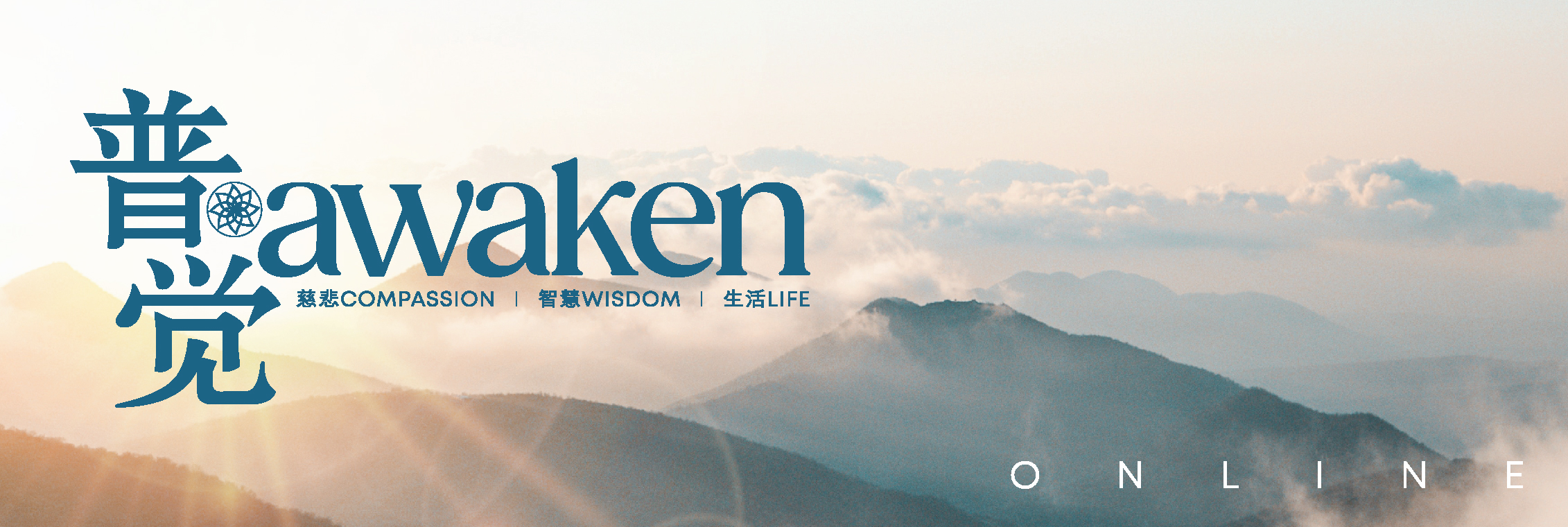
Mind as the Interpreter of Our Environment

BY | Ven Thubten Chodron
Our minds create our experiences by interpreting the objects we perceive. How we interpret something determines how we experience it. Although we generally assume we accurately perceive what is “out there”, our experiences are in fact coloured by our interpretations and projections.
For example, when two people meet Joe, one likes him while the other doesn’t. One sees Joe
as considerate and intelligent, someone with a good sense of humour. The other perceives Joe as a person who makes fun of others, and is competitive and insensitive to their feelings. Both assume they perceive Joe as he is. However, if that were true, they would perceive him the same way, and they clearly don’t.
Both people hear the same words and voice when Joe speaks, yet they interpret what is said differently. Their minds move very quickly from perception—the sounds and sights they perceive through their senses—to conclusion—the meaning placed onto the sense data.
Thus, one person experiences Joe’s jokes as humorous and good- natured and thinks, “Joe is a nice person. I enjoy being with him.” Thereafter, whenever he meets Joe, he sees a friend and expects to have a good time. The other interprets Joe’s words as sarcastic and thinks, “Joe is egotistical. I don’t like him.” Later, when she meets him, she sees a disagreeable person and feels aversion.
Both people assume their perception of Joe is correct. But in fact, both relate to Joe through the veils of their own preconceptions. Joe’s qualities of being friendly or obnoxious are created by the projections of the people perceiving him. In and of himself, Joe is neither.
How we look at a situation determines our experience of it. We may look at our mother and think, “She always tells me what to do. She’s so demanding.” Then every time we see her, we feel uncomfortable.
On the other hand, we may think, “My mother gave me this body. She took care of me when I was a helpless infant and couldn’t even feed myself. She taught me how to speak and behave.” Then our mother appears very kind to us. When we see her, she seems loving and we have affection for her.
Because we interpret certain behaviour in others as harmful, we give them the label “enemies”. Thereafter, they appear to us as enemies. Similarly, because we label other persons’ behaviour as kind and call them friends, that’s how they appear to us. Friends and enemies actually come from our own minds. We create them. Having created our friends and enemies through the power of our minds, we then cling to our friends and try to harm our enemies. In fact, we’re attached to or averse to what our own minds have created.
How we interpret our environment and the people in it depends on the purity of our minds. Just as the image reflected in a dirty mirror is unattractive and obscured, so too is the appearance of an object to a mind sullied by afflictions and negative karmic imprints. The same object reflected in a spotless mirror is clear and beautiful. Likewise, whatever is perceived by a pure mind is lovely.
Some mentally ill people believe the people around them are plotting to harm them. Overwhelmed by their fear, they may even see ghosts where there are none. Although they are convinced their perceptions are correct, we experience the same environment in a completely different way. This is due to the different actions we’ve done in the past as well as to the present functioning of our afflictions.
For a person advanced on the path to enlightenment, this earth is a pure land. For people whose minds are filled with anger, it’s a fearful, hellish realm. The environment doesn’t exist as pleasurable or painful in and of itself. Our experience of it depends on our previously created actions and our present interpretations. Both the hellish realms and the pure lands are created by our minds. Our minds are the source, the creator, of our experience.
Knowing this, we become aware that the only way to arrive at a state of lasting and perfect happiness is to purify our minds of their disturbing thoughts and the imprints and stains of our karma. We’re responsible, we can do this. A modern Buddhist hymn based on a verse from the Dhammapada says:
By ourselves is evil done,
By ourselves we pain endure. By ourselves we cease from wrong
By ourselves we become pure No one saves us but ourselves No one can and no one may. We ourselves must walk the path,
Buddhas merely show the way.
The Buddhas show us the path to follow. They know it because they have experienced it themselves. Those beings who are now Buddhas were once entrenched in their confusion and difficulties as we now are. However, by following the path, they purified their minds and developed their good qualities to the utmost, thereby becoming fully enlightened Buddhas. We have the potential to do the same.
The Buddhas guide us, but we must do the work. Just as our teachers can instruct us in grammar, but can’t learn it for us, so too can the Buddhas give us teachings and guidance, but we must put them into practice. In the White Lotus of the Holy Dharma Sutra, it says:
The Buddhas cannot wash away beings’ negativities with water,
They cannot take beings’ suffering out with their hands,
Nor can they transplant their realisations into others.
The Buddhas liberate beings by teaching them the truth of thusness (emptiness).
While Buddhism emphasizes self- responsibility, that doesn’t mean we are alone on the path. We can rely on the guidance, blessings, and example of the Three Jewels: the Buddhas, Dharma and Sangha.
The Buddhas are those beings who have purified all anger, attachment, ignorance and selfishness from their minds. In addition, they have developed all good qualities such as impartial love, compassion and wisdom.
The Dharma is the realisations of reality and the cessations of all problems and sufferings that our ignorance brings. In a general sense, the Dharma also refers to the Buddha’s teachings which lead us to gain realisations.
Sangha refers to anyone who has realised reality, or selflessness, the absence of an independently existing self. These people, who are well along the path to liberation and enlightenment, may be ordained (monks or nuns) or lay people. In a more general sense, the Sangha is the community of monks and nuns who have dedicated their lives to improving themselves and benefiting others.
